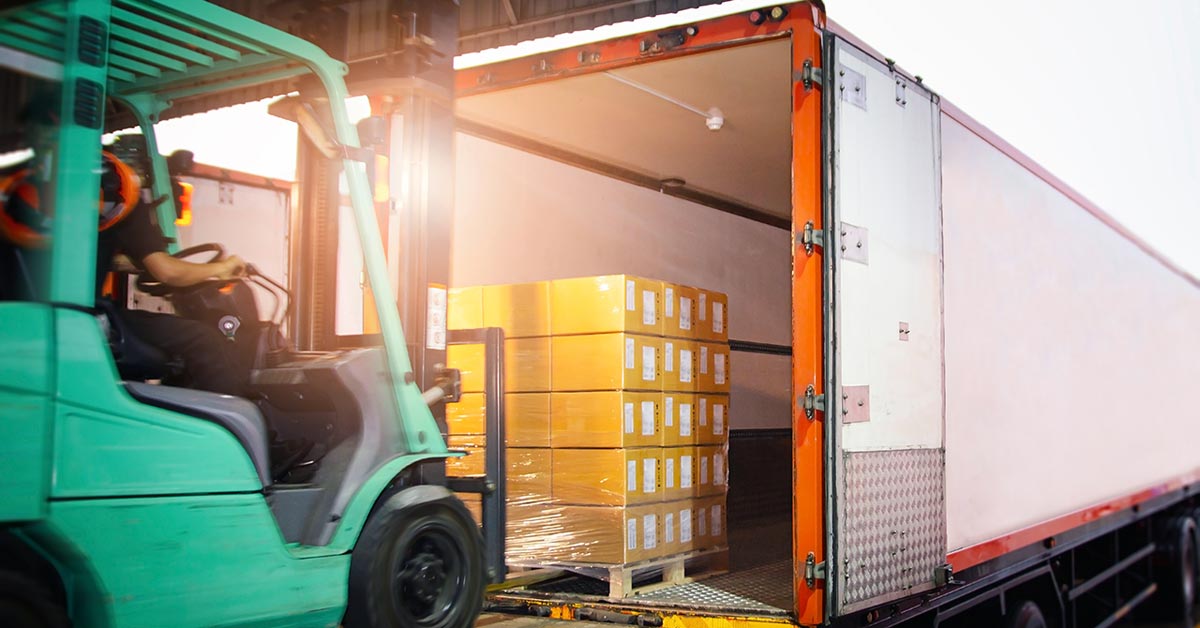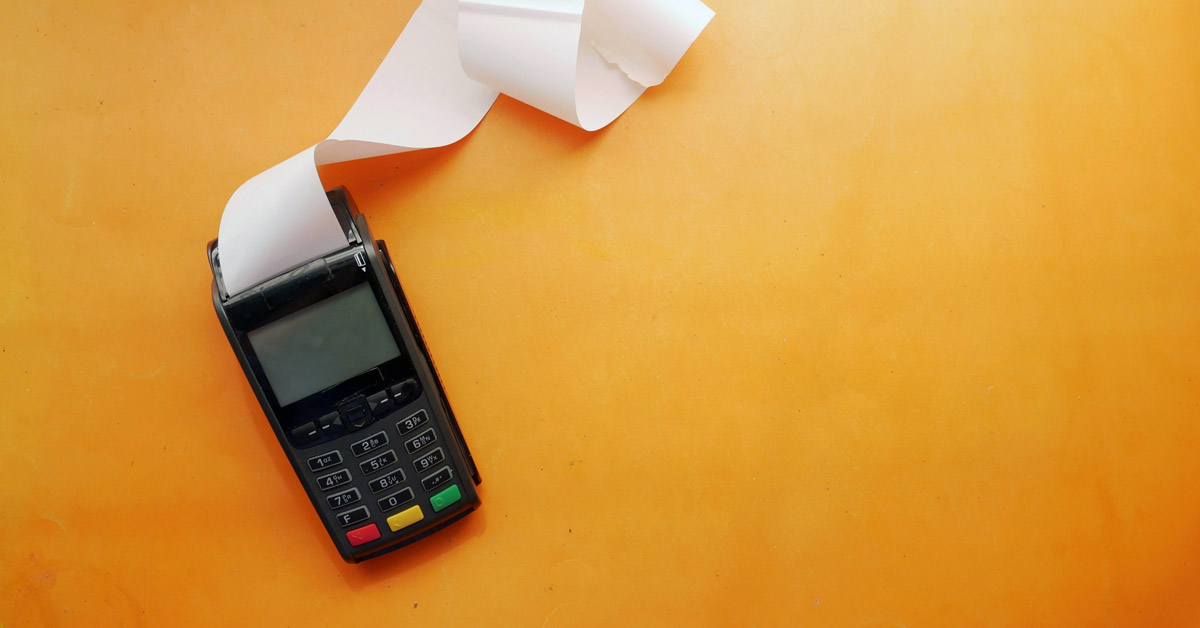Which essential checks or controls must be implemented during the receiving process to ensure the hygiene and quality of goods?
The receiving process plays a fundamental role in the operations of hotels and restaurants, serving as the gateway through which essential goods enter the establishment/property. It is during this critical stage that the quality, freshness and safety of products are established, laying the foundation for exceptional service and culinary experiences.
In this article, we will explore the key steps and essential procedures to optimize the receiving process, ensuring that establishments uphold the highest standards of quality and efficiency in managing their inventory.
Who and When
Effective management of the receiving process is critical in ensuring the quality and safety of goods in a hotel or restaurant setting. To enhance this process, it is essential to involve representatives from various departments to oversee different aspects of the reception process.
Who? Designate a responsible individual from the accounting department to be present during the receiving process. This ensures control and accountability for delivery terms and contracts. Additionally, involvement of the purchasing department allows for a review of ordered items, ensuring accuracy and alignment with organizational needs. Moreover, having a representative from the security department present can help prevent collusion between parties involved in the delivery process.
When? The receiving process demands structured oversight for every delivery, with designated personnel present to conduct thorough inspections. It’s crucial to schedule receiving activities within a specific time frame, usually in the morning, when suppliers are expected to deliver. This structured approach establishes a valuable routine and consolidates receiving tasks within a few concentrated hours each day. While adhering to this routine is essential, flexibility is maintained to address any special cases that may arise, with robust processes in place to manage them effectively.
Essential Checks
Quality Control: Ensure that the received items match the delivery note in terms of quantity, sanitary stamps and meat origins, as well as sanitary identification marks on seafood products, supplier accreditations for grocery and dairy items, variety of fruits or vegetables and the integrity and cleanliness of packaging.
Quantity Control: Verify that the quantity received aligns with your order and the delivery note. When time allows, consider weighing crates of fruits and vegetables.
Temperature Control: Monitor the temperature of fresh and frozen products, as any presence of condensation or frost indicates temperature fluctuations. Use a thermal probe to measure the temperature inside the delivery truck and of select sensitive products.
Checking the Expiry Dates (Best Before or Use By Dates): Ensure that there is sufficient time to use the products before these deadlines.
Receiving Procedures: Key Steps
Implementing an efficient procedure for receiving goods is paramount to maintaining quality standards and ensuring operational excellence in a hospitality establishment. Here are key steps to optimize the goods reception process:
Record-Keeping: Maintain a comprehensive record of received products, including delivery time, product details, lot number, supplier information, reception temperature, receiver’s name and any relevant remarks. This meticulous documentation serves as a reference for inventory management and quality control.
Non-Conformity Protocol: Prepare a non-conformity form to document and address any issues encountered during the reception process. This proactive approach enables swift resolution of discrepancies and ensures accountability.
Quality Inspection: Exercise vigilance during inspections and promptly reject any goods that show signs of damage, spoilage, or suspicious packaging, such as swollen vacuum-sealed bags or dented cans. Upholding strict quality standards safeguards the integrity of the inventory and protects against health risks.
Maintenance of Reception Area: Regularly clean and maintain the reception area, located outside the kitchen or any food preparation zones, to uphold hygiene standards. Displaying a temperature chart in this area facilitates efficient temperature monitoring during the reception process.
Storage Protocols: Minimize contamination risks by removing excess packaging before storage and avoiding direct contact with the floor. Promptly transfer received goods to designated storage areas to preserve their quality and freshness.
Collaboration with Stakeholders: Recognize the dual responsibilities involved in goods reception: hold transporters accountable for issues observed upon delivery, and ensure suppliers uphold their obligations regarding product quality and quantity in accordance with the order.
Goods Reception and Hygiene
Maintaining hygiene during the goods reception process is essential for ensuring the safety and quality of products. Here are some key practices to follow:
- Maintain a distance of at least two meters from delivery personnel, who should deposit goods in a designated area separate from the kitchen, on surfaces that have been cleaned and disinfected beforehand (such as carts or tables).
- Perform qualitative and quantitative checks on goods while wearing gloves and, if possible, a mask.
- If using touchscreen devices, remember to disinfect them as well (with special wipes), along with thermometers.
- Unpack goods in an area away from the kitchen, ensuring frequent handwashing between handling different categories of products.
Preserving the cold chain is paramount to prevent foodborne illnesses; therefore, fresh and frozen products should not be left waiting. Currently, studies on the lifespan of coronavirus on packaging yield contradictory results.
Promptly store frozen and fresh products, removing all packaging. For added precaution, fruits and vegetables can be washed before storage in a cold room, but they should be used promptly in this case. Vacuum-sealed pouches and cans can also be cleaned and disinfected before opening.
In all cases, frequent handwashing and maintaining distance from others remain the most effective barrier measures.
In conclusion, effective management of the receiving process is crucial for maintaining the quality, safety and integrity of goods in hotel and restaurant operations.
By implementing structured procedures, such as meticulous record-keeping, thorough quality inspections and strict hygiene protocols, establishments can ensure that only the finest products make their way into their inventory.
Furthermore, collaboration with stakeholders and adherence to best practices help streamline operations and uphold standards of excellence. With attention to detail and a commitment to quality, hotels and restaurants can optimize their receiving process and enhance overall guest satisfaction.
For more information on Hotels and Restaurant Receiving Process, we recommend the following resources:
_________________________________________________
Webstaurant Store – Restaurant Receiving Procedures: https://www.webstaurantstore.com/article/858/restaurant-receiving-procedures.html
Notch Financialy – Proper Restaurant Receiving Practices: What to Check When Receiving a Food Delivery: https://notch.financial/blog/proper-restaurant-supply-receiving-practices/
MarketMan – The Proper Food Receiving Procedure to Save You Money: https://www.marketman.com/blog/food-receiving-procedure







